Exploring Identity Using Personal Narratives
A MiddleWeb Blog
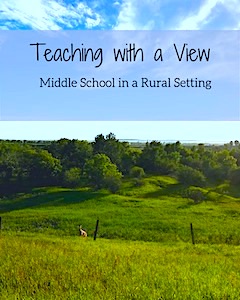
Then a few weeks back I was delighted to stumble on a blog post by Jess Lifshitz (Crawling out of the Classroom) titled “Teaching Personal Narratives as a Way to Explore Identity and Our Lived Experiences.”
What Jess is doing with her fifth graders to add more authenticity to the personal narrative really caught my attention. She began her shift with some self-examination which she describes in this post:
So I began to read. And I began to write. I realized that the stories I wanted to read were the stories that made me feel connected to the experiences of others. I wanted to connect to people whose stories were similar to my own and I wanted to learn from the stories of other people whose lived experiences were vastly different from my own…. and it was [personal exploration] that finally helped me to see how stories could help us to explore identity.
As I thought about the idea of Identity, I decided I want to work the remainder of our year in 9th grade around some kind of central question, but also bring in other opportunities for my small-town students to experience the world.
So I began a book club
With thoughts in mind of Dr. Rudine Sims Bishop and her “Mirrors, Windows, Sliding Glass Doors” perspective on the purpose of books and class libraries (see my post), I built up a book club that would further expose my students to a variety of different backgrounds, life experiences, families and people.
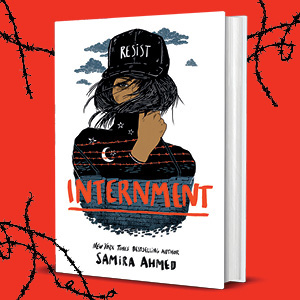
I was cognizant of not using the term “diverse” to describe these books after reading the wise words of Chad Everett in his ImagineLit post, “There is No Diverse Book.” I recommend all of his posts but I would suggest this one and his #31DaysIBPOC post “And So We Shone” as must reads. They are beautiful pieces of writing.
I posted an early draft of this book club reading list that I was proud of and excited for my students to step into. Then a message from Pernille Ripp raised a question I had not considered. She wondered what narrative my book choices might inadvertently create.
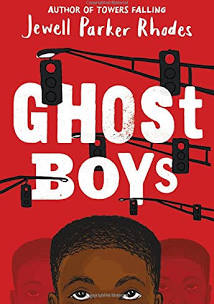
So back to the book club blueprint I went. With some advice from Pernille and my favorite local book sellers, we made some revisions and additions and moved other texts to different groupings.
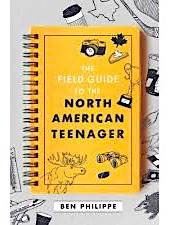
The changes provided them with characters they could relate to, facing situations they might not be familiar with.
Guided by a web of identity
With the book set ready, I began thinking once again about a Guiding Question for the scope of work we were about to partake in. After hitting up my friends for feedback, I settled on
Considering the moments in our lives as Mirrors, Windows and Sliding Glass Doors, how do these moments shape our identities?”
I have talked many times to my students about the beautiful words of Dr. Rudine Sims Bishop. We discuss the power of literature and how it helps us to understand our world and invites us into the world of others.
While discussing this guiding question for our year, I was also pointed to Sara K Ahmed’s Being the Change and the idea of Identity Webs. Listening to her book while on the treadmill, I had the thought of my students’ first Notebook assignment to accompany their book clubs.
My ninth graders started the book club by creating their own identity webs. I then asked them to create webs for the main character of their book as they read. I am hoping this will give them insight into the connections they might share with the characters and also help them highlight the contrasts that are present.
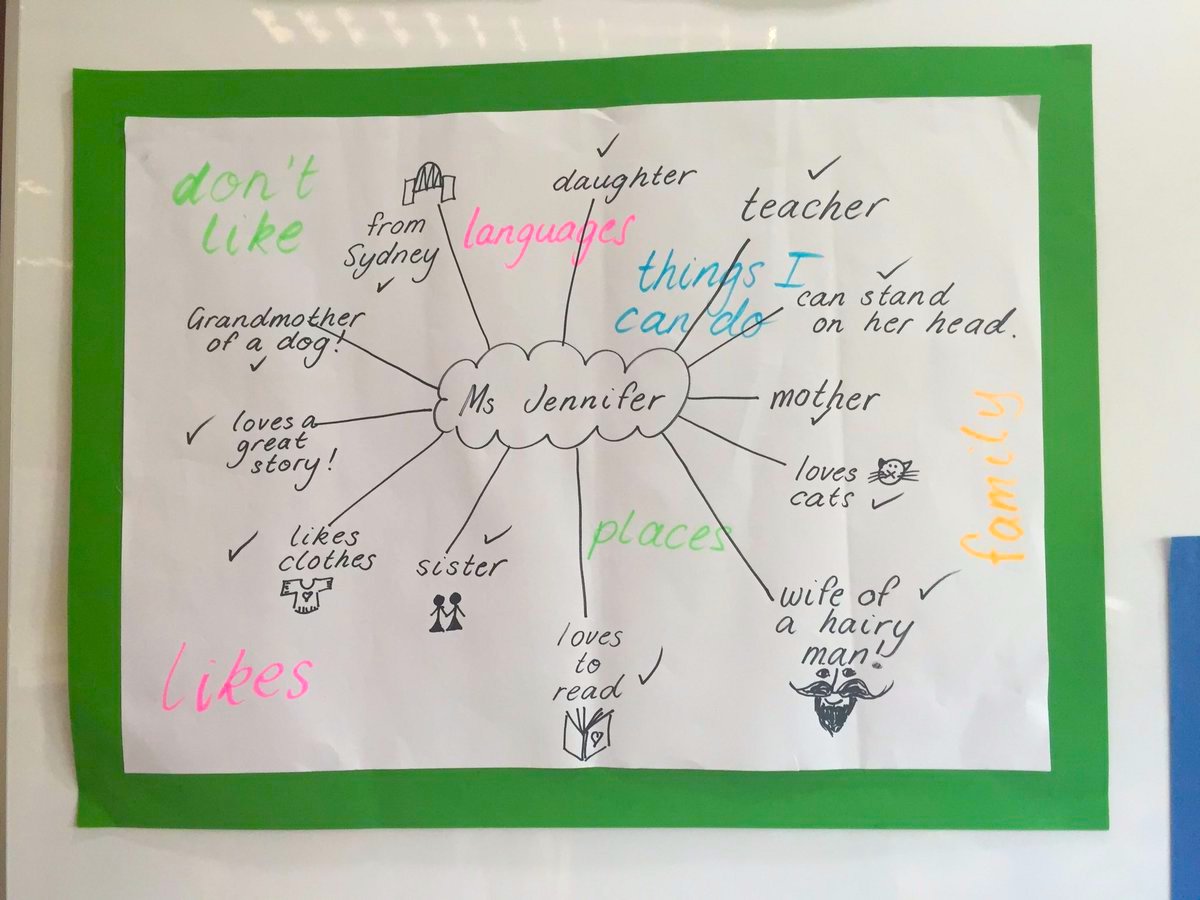
Identity Web example shared by Sarah Ahmed on Twitter (click to enlarge)
Book Clubs as I use them is not a term that can be interchanged with Literature Circles. My Book Clubs are far more individualized – aside from the weekly check in – a chance to talk about the text, share thoughts and questions and report on the week’s task.
Students are welcome to visit about their books at any time. I ask them to set a schedule for reading as a minimum. If they read ahead they are asked to not spoil and to only report on the reading within their assigned pages for the week. I don’t want to set any limits on my readers but I do want them to respect their teammates as well.
And off we go
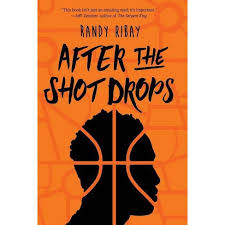
This week we are working on the power of words and focusing on what stands out to us. I am excited to see what my students come up with. We will be finishing these book clubs before the holiday break, and we’ll go back to the Guiding Question to discuss how it is reflected in their chosen texts, and how it relates to them and what they have learned – not just about the characters but about themselves.
The book clubs are the first piece in the Identity Project. After the break we will be looking at various forms of writing and creating magazines that address the Guiding Question. Students will be including elements of themselves and people in their lives as well as writing about the world around them.
The hope is to arrange these magazines in a layout format to have a parent night to showcase their work. Our final piece that I think might be a bit ambitious is for students to create short documentaries about their life or the life of someone important to them as a final look at identity and what moments shape us.
My own reflection
When looking at my own moments and the moments of learning that have brought me to this point, I am grateful. Each of the educators I have mentioned in this blog has inspired me to change my thinking and helped shape my teaching identity. I will be posting updates on the Identity Project (name subject to change) on my blog, Things Mr.G Says, reflecting on the journey as I encounter speed bumps along the way.
As a grades 7-to-9 teacher in a rural community that will be sending students out into the big new world after they leave high school, it is my duty to help students begin to see the world as it is and can be. To help them develop a sense of empathy and acceptance for those who at first glance do not seem at all “like” them.
When we “de-center” our students’ thinking and provide them opportunities to connect with those not like themselves, we give them chances to grow. To be better. I hope that change will help the students in my care to be more fully human as they step into the world outside our little town.



































Thank you for this inspiring post! What does it mean that you are “dog-fooding” the notebook work your students are doing?
We looked this up when we were editing Brent’s post. Always learning around here… :)
Dogfooding “occurs when an organization uses its own product. This can be a way for an organization to test its products in real-world usage. Hence dogfooding can act as quality control….” (Wikipedia).
It was from Cult of Pedagogy. Basically, I’m doing the assignments I have them do.